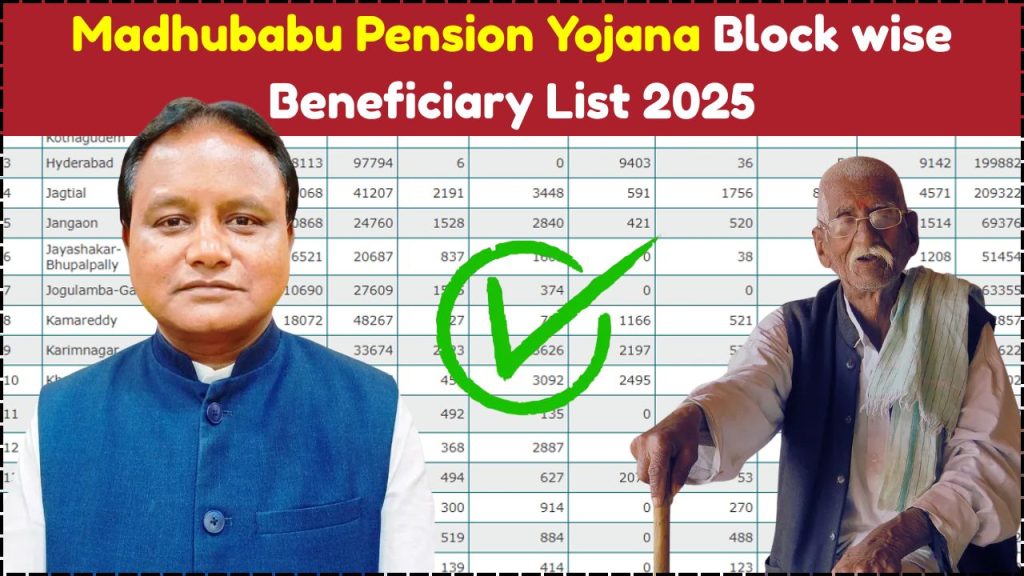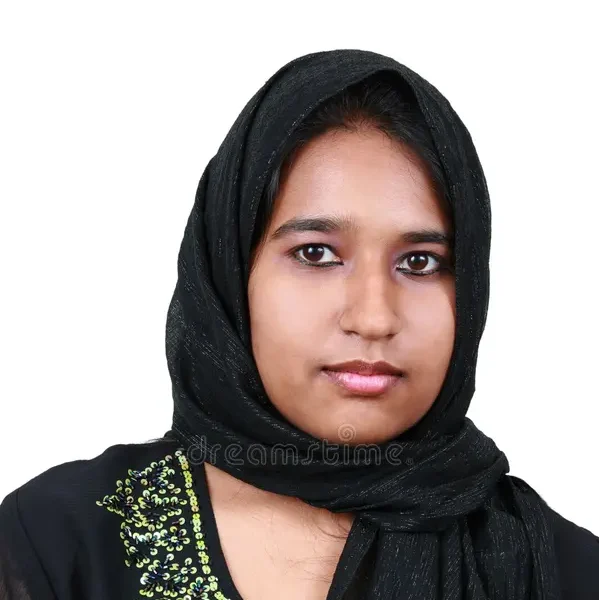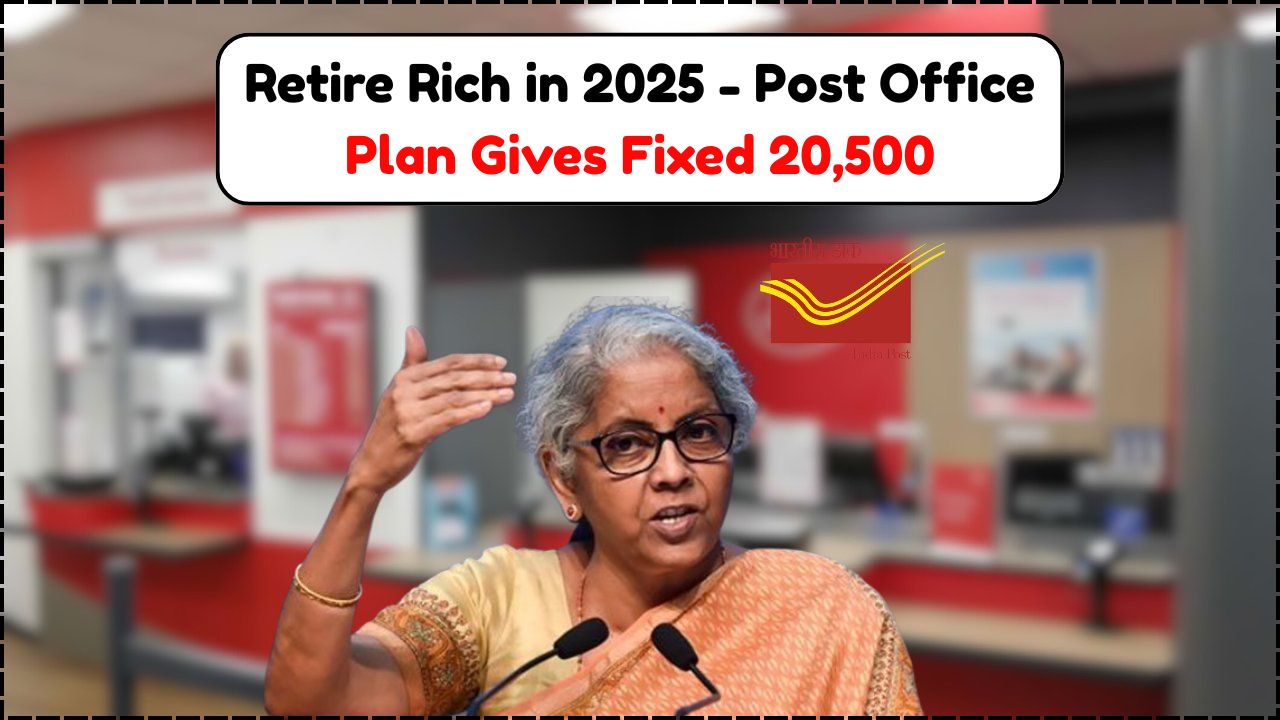
The Madhubabu Pension Yojana stands as one of Odisha’s most significant social welfare initiatives, touching the lives of millions of vulnerable citizens across the state. Named after the legendary freedom fighter and social reformer Madhusudan Das, fondly known as “Utkal Gourav,” this scheme embodies the spirit of compassion and social justice that defines modern Odisha.
Since its inception in 2008, the program has evolved from a simple pension distribution system into a comprehensive social security network that provides dignity and financial stability to those who need it most. What makes this scheme particularly remarkable is its inclusive approach, covering not just elderly citizens but also widows, disabled individuals, and those battling life-threatening diseases.
Table of Contents
The Foundation and Evolution
The Madhubabu Pension Yojana emerged from the consolidation of two earlier pension schemes: the Revised Old Age Pension Rules of 1989 and the Disability Pension Rules of 1985. This merger wasn’t just administrative efficiency—it represented a philosophical shift toward creating a unified social safety net that could adapt to the diverse needs of Odisha’s population.
The scheme operates under the careful supervision of the Social Security & Empowerment of Persons with Disabilities Department (SSEPD), which ensures that every rupee reaches its intended beneficiary. With over 56 lakh beneficiaries across various pension categories, the program has become a lifeline for families who previously struggled to meet their basic needs.
Understanding Eligibility: Who Can Benefit?
The beauty of the Madhubabu Pension Yojana lies in its thoughtful eligibility criteria, designed to capture various forms of vulnerability while maintaining fiscal responsibility. The scheme recognizes that poverty and need come in many forms, and its criteria reflect this understanding.
Comprehensive Eligibility Framework
| Category | Age Requirement | Special Conditions | Income Limit |
|---|---|---|---|
| Senior Citizens | 60 years and above | Must be Odisha resident | ₹24,000 annually |
| Widows | No age restriction | Husband deceased | ₹24,000 annually |
| Disabled Persons | No age restriction | Certified disability | ₹24,000 annually |
| Leprosy Patients | No age restriction | Visible signs of leprosy | ₹24,000 annually |
| AIDS Patients | No age restriction | Certified AIDS patient | May have some income |
The income ceiling of ₹24,000 per year, certified by the local Tahasildar, ensures that the scheme targets those who genuinely need support. This amount reflects the reality of rural Odisha, where many families survive on far less than this threshold.
The Block-wise System: Bringing Government Closer to People
Odisha’s administrative structure follows a three-tier system: state, district, and block. Each block, headed by a Block Development Officer (BDO), serves as the crucial link between government policies and grassroots implementation. The block-wise beneficiary list system leverages this structure to create an efficient, transparent, and accountable pension distribution mechanism.
Why Block-wise Lists Matter
The block-wise approach serves multiple purposes beyond mere administrative convenience. It creates a local accountability framework where community members can verify beneficiary lists, report discrepancies, and ensure that deserving candidates aren’t overlooked. This grassroots transparency has been instrumental in reducing fraud and improving scheme effectiveness.
For instance, in a block like Jatni in Khurda district, local officials can quickly identify gaps in coverage, process new applications, and resolve payment issues without waiting for district or state-level intervention. This decentralized approach has significantly improved the scheme’s responsiveness to beneficiary needs.
Navigating the Digital Infrastructure
The integration of the Madhubabu Pension Yojana with the National Social Assistance Programme (NSAP) portal represents a significant technological advancement. This digital infrastructure enables real-time monitoring, reduces paperwork, and provides citizens with unprecedented access to information about their benefits.
Step-by-Step Guide to Check Your Status
Initial Setup:
- Visit the official NSAP website
- Navigate to the “Reports” section
- Select “State Dashboard” for detailed information
- Accessing Odisha Data: Choose “Odisha” from the state dropdown menu
- Select “MBPOAP” (Madhu Babu Pension Scheme for Old Age Persons)
- Complete the captcha verification and submit
- Finding Your Information: Browse through the district-wise data.
- Click on your specific district name
- Navigate to your block’s information
- Download the Gram Panchayat-wise list in PDF or CSV format
This digital accessibility has transformed how beneficiaries interact with the scheme, moving from a system where information was often difficult to obtain to one where transparency is built into the very architecture of service delivery.
Financial Impact and Budget Allocation
The financial commitment to the Madhubabu Pension Yojana reflects Odisha’s priorities and fiscal capacity. The 2025-26 budget allocation of ₹5,370 crore represents not just a significant financial investment but also a statement of political will and social commitment.
Budget Breakdown and Impact
| Year | Budget Allocation | Beneficiaries | Monthly Pension Amount |
|---|---|---|---|
| 2023-24 | ₹4,800 crore | 52 lakh | ₹500-₹700 |
| 2024-25 | ₹5,100 crore | 54 lakh | ₹1,000-₹1,200 |
| 2025-26 | ₹5,370 crore | 56 lakh | ₹3,500 |
The dramatic increase in monthly pension amounts to ₹3,500 represents more than just inflation adjustment—it’s a recognition that the cost of living has risen significantly and that dignity requires adequate financial support. This amount can cover basic food requirements for a month, essential medicines, and other necessities that allow elderly and vulnerable citizens to live with dignity.
The Direct Benefit Transfer Revolution
The implementation of Direct Benefit Transfer (DBT) has revolutionized how pensions reach beneficiaries. Instead of the traditional system where money often got stuck in bureaucratic layers or was subject to local political influences, DBT ensures that funds flow directly from the state treasury to individual bank accounts.
Payment Schedule and Mechanism
The 15th of every month has become known as “Jana Sewa Diwas” (People’s Service Day) in Odisha, marking the day when pension payments are credited to beneficiary accounts. This regularity has allowed families to plan their expenses better and has reduced the anxiety associated with uncertain payment schedules.
For beneficiaries in remote areas without bank access, the scheme provides cash collection facilities at Gram Panchayat offices and Block Development Offices. This dual approach ensures that geographical barriers don’t prevent people from accessing their benefits.
Challenges and Solutions
Despite its success, the Madhubabu Pension Yojana faces several implementation challenges that require ongoing attention and innovation.
Common Issues and Resolutions
| Challenge | Impact | Solution |
|---|---|---|
| Delayed documentation | Benefit delays | Mobile verification camps |
| Bank account issues | Payment failures | Multiple payment channels |
| Digital literacy gaps | Access problems | Assisted service centers |
| Fraudulent applications | Resource misallocation | Biometric verification |
The scheme has evolved to address these challenges through technology integration, community participation, and continuous process refinement. The helpline numbers 0674-2392803 and 18003457150 provide direct access to support, while local offices maintain open-door policies for beneficiary assistance.
Looking Forward: The Scheme’s Future
As Odisha continues to develop economically and socially, the Madhubabu Pension Yojana must evolve to meet changing needs. The increasing urbanization, changing family structures, and evolving healthcare requirements will demand adaptive policy responses.
Anticipated Developments
Future enhancements might include integration with healthcare services, provision for inflation-indexed pension amounts, and expansion of coverage to include new categories of vulnerable populations. The scheme’s success has created a foundation for a more comprehensive social security architecture.
The block-wise beneficiary system has proven its worth as a model for transparent, accountable, and efficient service delivery. Other states are studying Odisha’s approach, and there’s potential for this model to influence national social security policies.
Moving Forward
The Madhubabu Pension Yojana represents more than just a government program—it embodies Odisha’s commitment to ensuring that no citizen is left behind in the journey toward prosperity. The block-wise beneficiary list system has created a transparent, efficient, and responsive mechanism that serves as a model for social welfare delivery.
With its substantial budget allocation, comprehensive coverage, and robust delivery mechanism, the scheme continues to provide dignity and security to millions of Odisha’s most vulnerable citizens. As we move forward, the lessons learned from this program will undoubtedly shape the future of social security in India.
The success of the Madhubabu Pension Yojana proves that well-designed social programs can transform lives while maintaining fiscal responsibility. It stands as a testament to what’s possible when government commitment meets community needs, supported by technology and transparent governance.
Quick Queries
Q: What is the current monthly pension amount under the Madhubabu Pension Yojana?
A: The monthly pension amount is ₹3,500 for all eligible beneficiaries as of 2025.
Q: How can I check if my name is in the beneficiary list?
A: Visit the NSAP portal, select Odisha, choose your district, and block to download the beneficiary list.
Q: What is the income limit to qualify for the pension?
A: The annual family income should not exceed ₹24,000, certified by the local Tahasildar.
Q: When are pension payments credited to beneficiary accounts?
A: Pensions are credited on the 15th of every month, known as Jana Sewa Diwas.










